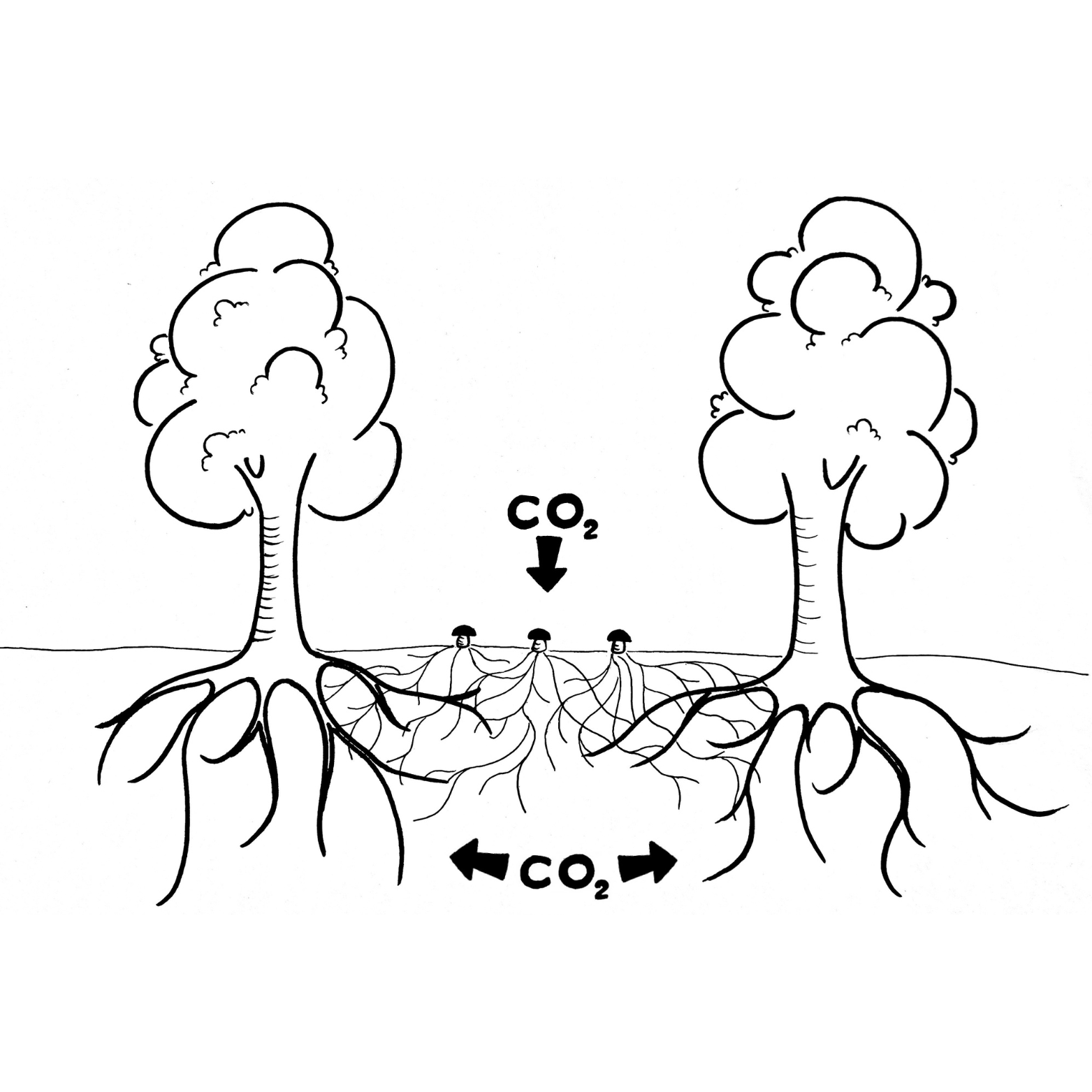FOREST

Forestry Technologies
Shroomwell provides Cultivation methods for medicinal and gourmet mushrooms in their natural environment that brings together the future of forestry and the current challenges of the food and wellness industries.

Today’s timber-based commercial value of forests reflects only one-third of the total value of forests. If we add to the timber-based economic value also the ability of forests to regulate the climate, environmental preservation, and social value, the estimated total value of global forests is 50 – 150 trillion dollars, i.e. twice the total value of the stock markets. The concept of sustainability combines economic performance with ecological responsibility and social justice. These three aspects are interrelated. In the long term, they support each other, and compliance with all these goals is a prerequisite for ensuring the value of the forests. In the short term, however, these needs are competing due to technological development and population growth. Cultivation of mushrooms is a way to fit these competing goals into “one hectare”.
Cultivation of parasitic fungi
Cultivation of parasitic fungi refers to fungi that biologically grow on trees or insects and in the process using the host organism for it’s benefit. For example, medicinal mushrooms include such parasitic mushrooms as Chaga (Inonotus obliquus) or Cordyceps (cordycepts sinensis and militaris). These potent mushrooms can be cultivated while reducing their biological impact on the natural resource. Cordyceps also grows on an artificial substrate, and Chaga-infested forests behave as full-fledged ecosystems.
- Chaga (Inonotus obliquus) – live tree – https://innovation.shroomwell.com/grow-chaga-on-live-birch-trees-and-manage-the-forest-sustainably/



Cultivation of mushroom on stumps
Stump mushrooms are saprophytic and therefore could be grown on dead trees. After logging, tree stumps are often left behind, which are later pulled up, composted and waited for a new forest to grow in its place. We can create new value by inoculating tree stumps with different mushrooms. Stump mushrooms can also fill empty ecological niches, which lead to faster forest recovery and prevent the spread of pests.
- Reishi – Lakkvaabik (Ganoderma lucidum)
- Turkey Tail – Libliktagel (Trametes versicolor)



Cultivation of mycorrhizal fungi
Mycorrhizal fungi live in a mutually beneficial symbiosis with trees and make an important contribution to the availability of food from the soil for plants and to the formation of soil humus and the binding of carbon in it. Mycorrhizal fungi have a positive effect on forest growth and biodiversity. Valuable mycorrhizal edible mushrooms such as chanterelles, boletus, lactarius and truffles can be grown. This has been the holy grail for many mushrooms, such as the truffle, to keep up with growing demand and shrinking habitats. The successful cultivation of mycorrhizal fungi in the commercial forest allows for additional income to the extent that would change the paradigm of logging-based forest management.
- Chanterelle (Cantharellus cibarius)
- Lactarius (Lactarius deliciosus)
- Russula (Russula)
- Others



Afforestation with mycorrhizal fungi for CO2 sequestration
Trees in a forest are known to compete for resources, but recent research using stable carbon isotope labeling at a large scale has shown that carbon assimilated by spruce trees can be traded with neighboring beech, larch, and pine trees through overlapping root spheres, facilitated by common ectomycorrhiza networks. This bidirectional carbon exchange accounted for 40% of fine root carbon and suggests a more complex interaction among trees beyond competition. The transfer is not along a demand-supply gradient, and may be regulated by mycorrhiza needs. The implications of this interspecific carbon transfer among tall trees in stressed or disturbed forests are yet to be fully understood, but their role appears to be of crucial value.
https://www.science.org/doi/full/10.1126/science.aad6188
- A unique inoculant of bacteria and fungi to sequester 1 ton CO2/hectare per year


